Punctuation Marks
Below are 14 commonly used punctuation marks in English grammar.
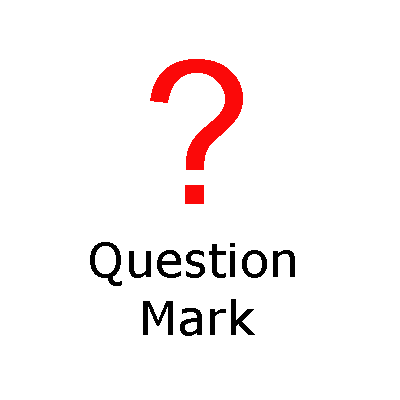
The question mark is placed at the end of a sentence in English to indicate a direct question. In Spanish normally two are used where one is inverted at the beginning of the sentence.
What is this?
How are you coping?
Why brush our teeth?
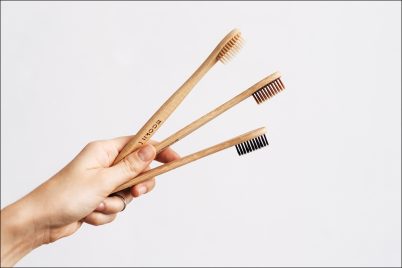
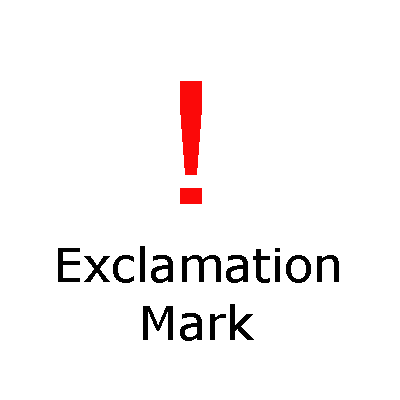
Rarely used so please use only if necessary. Exclamation marks dramatize a sentence by adding an out cry or emotion. It could be shock, anger, surprise etc. They are placed at the end of a sentence, the same as the full stop and question mark.
Example; There’s a spider in the bath! Command; Stop!
Use it together with a question mark.
You did what last night!?

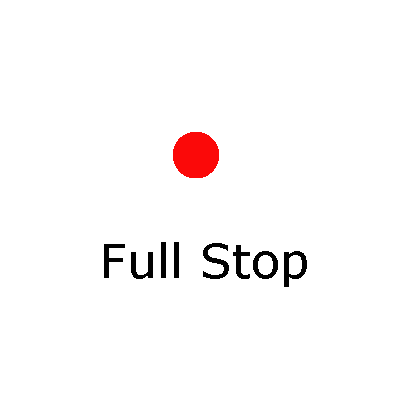
The Full Stop (uk) or Period (USA) is put at the end of a sentence to indicate it is finished or complete. It can also be used in abbreviations. In (USA English) for example Mr. Mrs. Dr. Morning and afternoon are written a.m. and p.m. (UK) or AM PM (USA).
The full stop finishes an idea and then another sentence begins. The new sentence must have a capital letter with the first letter.
This my hat. I only wear blue.
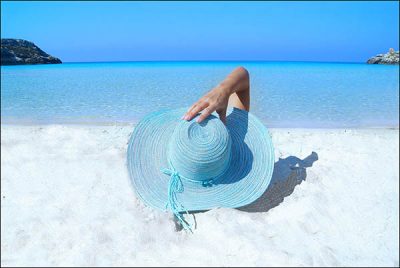
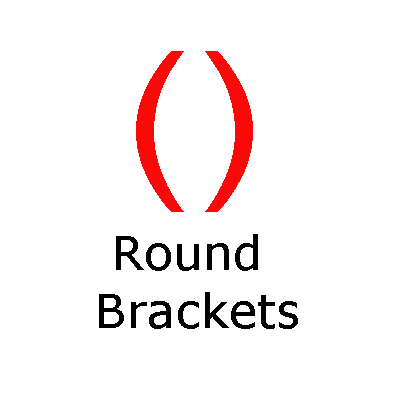
Parentheses adds non-essential but extra information to a sentence. They are very similar to commas but used in shorter context. Example: William is now a grandfather and born many years ago (1943) into a poor migrate family. Marie (from France) came to Africa to work in a language school.
Buying food in bulk is usually cheaper (around 15% discount on most items) than purchasing items individually.
NOTE. The full stop is outside the bracket if it’s not a full sentence.
Buying food in bulk is usually cheaper than purchasing items individually (around 15% discount on most items).
NOTE. The full stop is inside the bracket if it’s a full sentence.
Buying food in bulk is usually cheaper than purchasing items individually. (This is around a 15% discount on most items.)
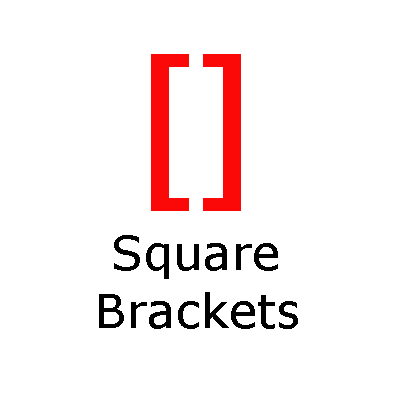
Square brackets are used mainly for quotes, academic and technical explanations. This is where you need to explain a term to a reader. Similar to parentheses if you remove the information in the brackets the sentence will still make sense.
Peter Kruger [of Cape Town] won the archery competition.
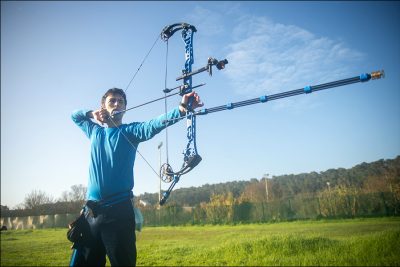
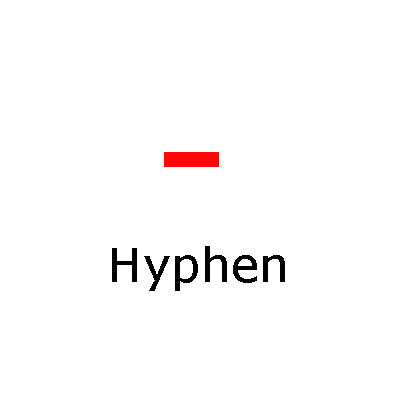
A hyphen is a word joiner. It links words that are related to each other. It can be used for two or more words.
Compound numbers between 21 and 99 use a hyphen.(except 30,40,50,60,70,80,90).
forty-six, ninety-seven, sixty-one.
There are two hundred and eighty-nine horses in the field. I was born in nineteen ninety-five. Hyphenate all written-out fractions.
two-thirds. four-fifths.
a third or a half is not hyphenated.
Compound hyphenated words
Ready-made cake mix
Co-founders of the company
Brother-in-law
The middle-class
Small business owner
The two hyphened words act as a single adjective that comes BEFORE the noun.
The well-dressed executive entered the room.
No hyphen when AFTER the noun.
The executive was well dressed when he entered the room.
Prefixes – use a hyphen with ex- all- self.
My uncle is a self-centered turkey.
I booked an all-included package to the Maldives.
The priest was ex-communicated.
Self-service gas station.
Prefix and a capital word
anti-Michael mayor.
pro-Michel mayor.
mid- June company break.
post-Impressionism era.

The two dashes are called en dash (space either side) and em dash.(no space either side but longer in length). They are the same in use but look different as stated. Dashes are similar to commas in that they add extra information to a sentence, but dashes emphasize more. If this information was removed it would not hurt or disrupt the meaning of the text. It is just additional data. Dashes are appealing because they are easy to understand where as commas can have more complicated grammatical meanings.
They can act as parentheses. Example: I was walking to the market – which is close to the beach – to buy some fresh avocados.
Used like a colon.
I only ever wanted one thing – money.
Interruptions in speech
“Be very careful playing with -” she said.
Independent clauses and single dash.
I walked the dog in the local park – very early.
I will never bet on the horses – even if I could win.
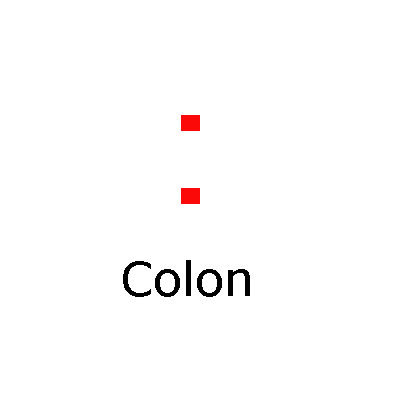
The colon can be used to separate two independent clauses. (sentences that stand on their own.) They also introduce a listing, a quotation, to show emphasis, to show options, a title, an explanation or an example.
Some Rules
1. There must be an independent clause on the left.
2. On the right however, it is very flexible but don’t use a dependent clause.
3. The left part is the “issue” and the right part is the “solution” or expectation on the left, fulfillment on the right. Read out the structure to make sure this is the case.
4. Don’t continue with the subject after the colon use. The next sentence should then change in meaning.
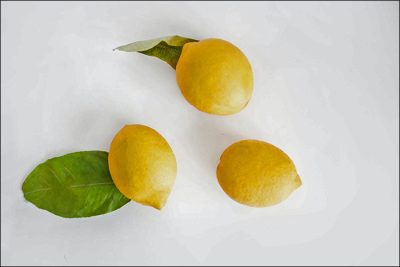
Listings (which are)
We visited four places in Africa: Namibia, South Africa, Botswana and Zimbabwe.
Power point presentation bullet points
Essential life skills:
- physical talents
- money management
- cognitive abilities
A title (such as in movies)
The Piano Player: The Final Concert
Two independent clauses (They must be related)
John adored painting landscapes: He was soon to be famous.
I need to learn English: It’s so important.
The scientists published the results: Life exists on other planets.
To show options
At the weekend we can either: go to the beach or take a mountain trek.
Emphasis
There is only one person that paints in our family: My uncle.
Quotes
The parents had one rule: “You must be back before 8am.”
The expert offered one piece of advice: “Always diversify your investment portfolio.”
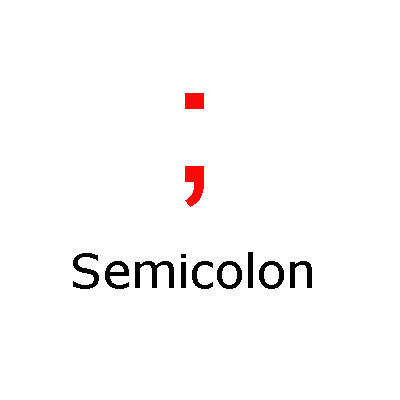
Generally there can be two sentences separated by a semicolon but they both normally (not always) are related to each other. The semicolon is almost identical to a period (full stop). If you can change the semicolon for a full stop between the two sentences…it works.
Example
The supermarket bakery uses too much sugar in the bread; it is better to buy from the organic corner bakery.
Here are three ways of joining two independent clauses.
I am going to study gardening. He is going to study marketing. (fullstop)
I am going to study gardening and he is going to study marketing. (conjunction)
I am going to study gardening; he is going to study marketing. (semicolon)
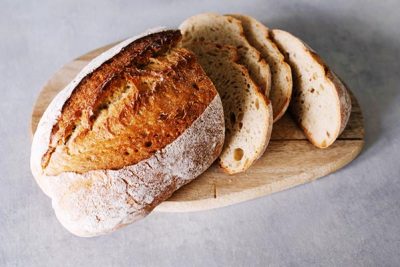
Conjunctive adverb
If a conjunctive adverb joins two independent clauses then use a semicolon. (consequently, otherwise, therefore, however, finally, nevertheless)
I have to visit my grandmother tomorrow; otherwise, I would come to the motor exhibition.
Separating more involved internal lists into structured groups.
My goal is to visit the top art museums in Rome, Italy; London, UK; Madrid, Spain; Paris, France next year.
I love to hang out with these co-workers after work; Bob, the sales guy; Mary, the vice president; and George, the HR assistant.
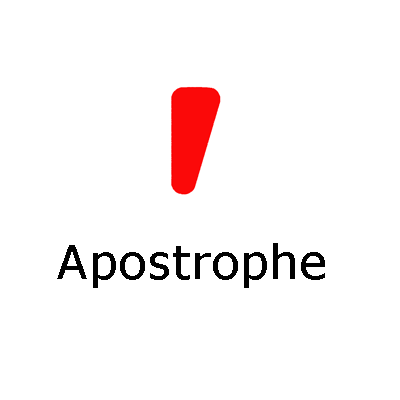
The apostrophe is used for two things;
- to replace a missing letter in a word. To form contractions. Weren’t (were not).
- To show possession;
I have Peter’s ice cream.
Note: The apostrophe is not used for plurals. There are many shoes on sale in the flea market.

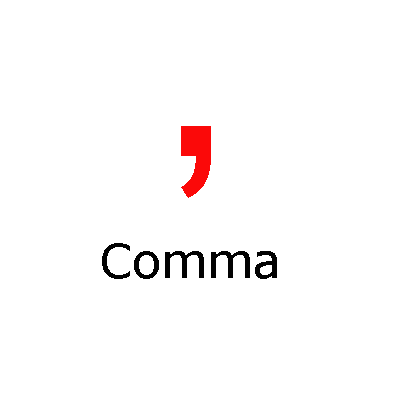
The comma is used to separate subjects or statements in a sentence,
1. To separate a list with more than two items.
USA I will go shopping to buy some bread, cheese, tomatoes, and salad dressing.
UK (no last comma) I will go shopping to buy some bread, cheese, tomatoes and salad dressing.
2. The comma can be used in numbers and dates.
Today is Friday, March 23rd, 2024.
3. When used with the following conjunctions involving two independent clauses. FANBOYS
for and nor but or yet so (the comma come before the conjunction)
I wanted to move to France, but still don’t have the money.
The UK has terrible weather, yet the museums are great.
4. To separate dependent clauses from independent clauses.
When the cat gets hungry, I’ll have to feed him.
In the perfect world, nobody should suffer.
5. Used to separate non-essential information. Also it can separate or encase a line or phrase in a sentence that is non- essential to the structure. That is, if it was taken out, the meaning would still be understood.
She is a wonderful person, as many know, always doing good.
My neighbour, who is a pilot, works unsociable hours.
6. Speech marks.
“Hawaii was just pure bliss,” said Pablo.
Pablo said, “Hawaii was just pure bliss.”
“When you go to the shops,” my wife muttered, “please buy some eggs.”
“Where are you?” she yelled. (no comma) (also no comma if using an exclamation mark) “What a hot day!” she said.
7. Introductory words
Stop, I forgot to give you the train ticket.
Sorry, I won’t be able to meet you day.
8. Separating cities, provinces and countries.
Berlin, Germany has great tourist attractions.
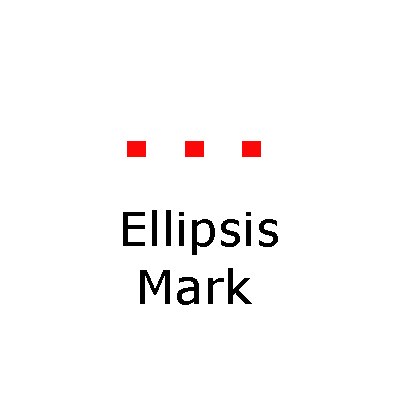
The ellipsis mark consists of three dots. It is used when omitting a word, group of words or a phrase from a paragraph. The idea is to get straight to the point and remove material that is less relevant.
They can indicate hesitation and tension. Example: I feel strange after that long journey…i better lay down and rest. Ellipses is the plural, that is … … …
This dreamy picturesque photograph resembles a painting with those striking moody pastel blue and grey tones.
This … photograph resembles a painting…with grey tones.
Use in informal writing for pausing, trailing off or fading out.
I love helping people but…
I think… it’s time to get a job.
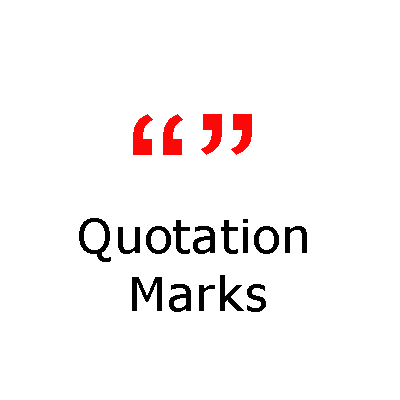
To quote something means to quote exactly what someone said. Quotation marks can be single or double in shape generally double for quoting what someone said and single for everything else. This could be to add emphasis to a word or words that are used sarcastically or to draw attention to it’s unfamiliar use. Example: I do not recommend the, ‘members plus service’, at the gym. The benefits were not worth the difference in price.
1. ” He will go to the beach next week,” said George.
” Do we get a pay rise now?” Jane asked.
2. Using commas
“why”, he asked, “don’t you meet me for lunch?”
3. Always capitalize the first word in the quotation but not the second quotation part.
Full stops (periods) and commas always go inside for USA English and outside for UK English.
USA “The train station,” relied the young man, “is two blocks up on the left.”
UK “The train station”, relied the young man, “is two blocks up on the left”.
Using single quotation marks within a quotation.
USA. Double speech marks for normal dialogue and single quotation marks for speech within dialogue. “There was no time left for parting words, he told her ‘we will meet again when the war is over,’ and then slammed the door of the parting train.”
UK. Single speech marks for normal dialogue and double quotation marks for speech within dialogue. ‘There was no time left for parting words, he told her “we will meet again when the war is over”, and then slammed the door of the parting train.’
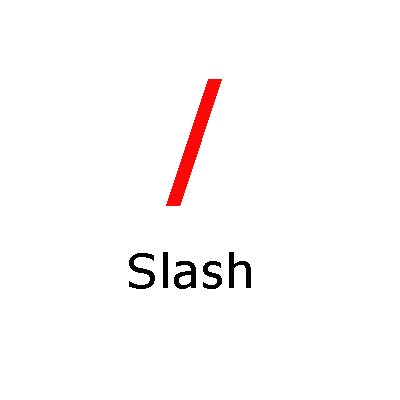
Slash or” forward slash”.
- To represent fractions 1/5 or dates 11 / 12 / 2025.
- To indicate OR or EITHER
His/ Her or He/ She - Appreviations C/O care of.
A/C air conditioning - Connecting or opposing relationships.
- Separating day/ month/ year
I will return the money to his/her account.
There are several pros/cons with working online.
We hope to rent a place for less than $1000/month.
A two bedroom flat to rent w/o garage. (without=w/o)
